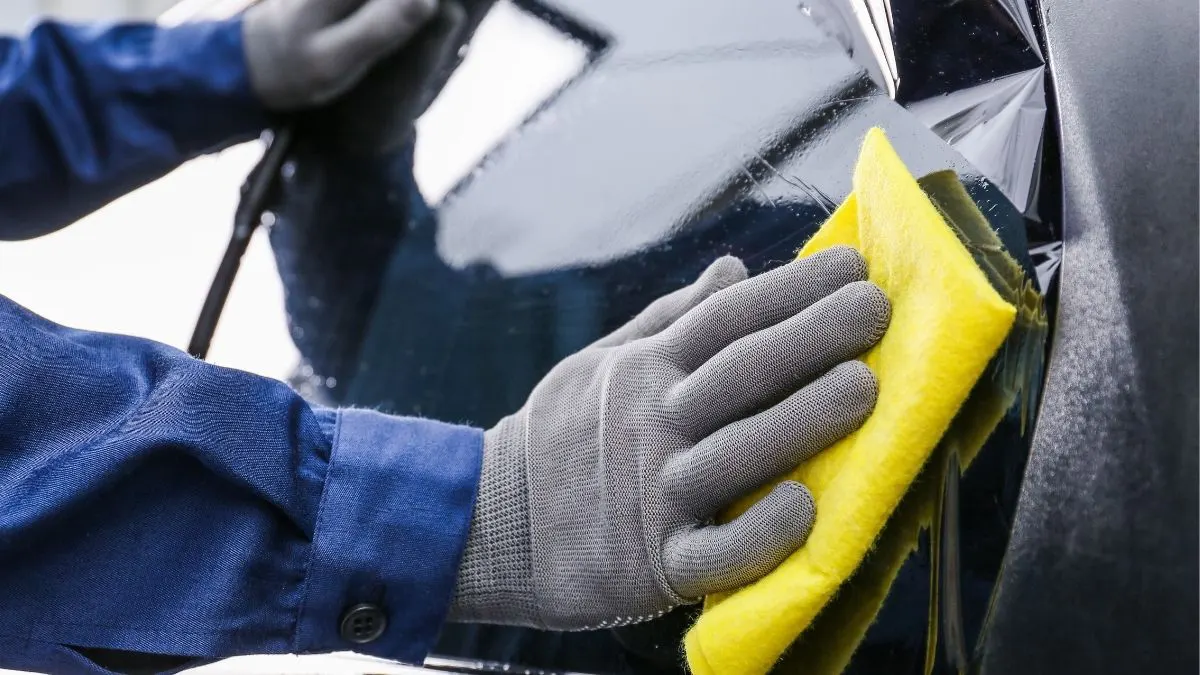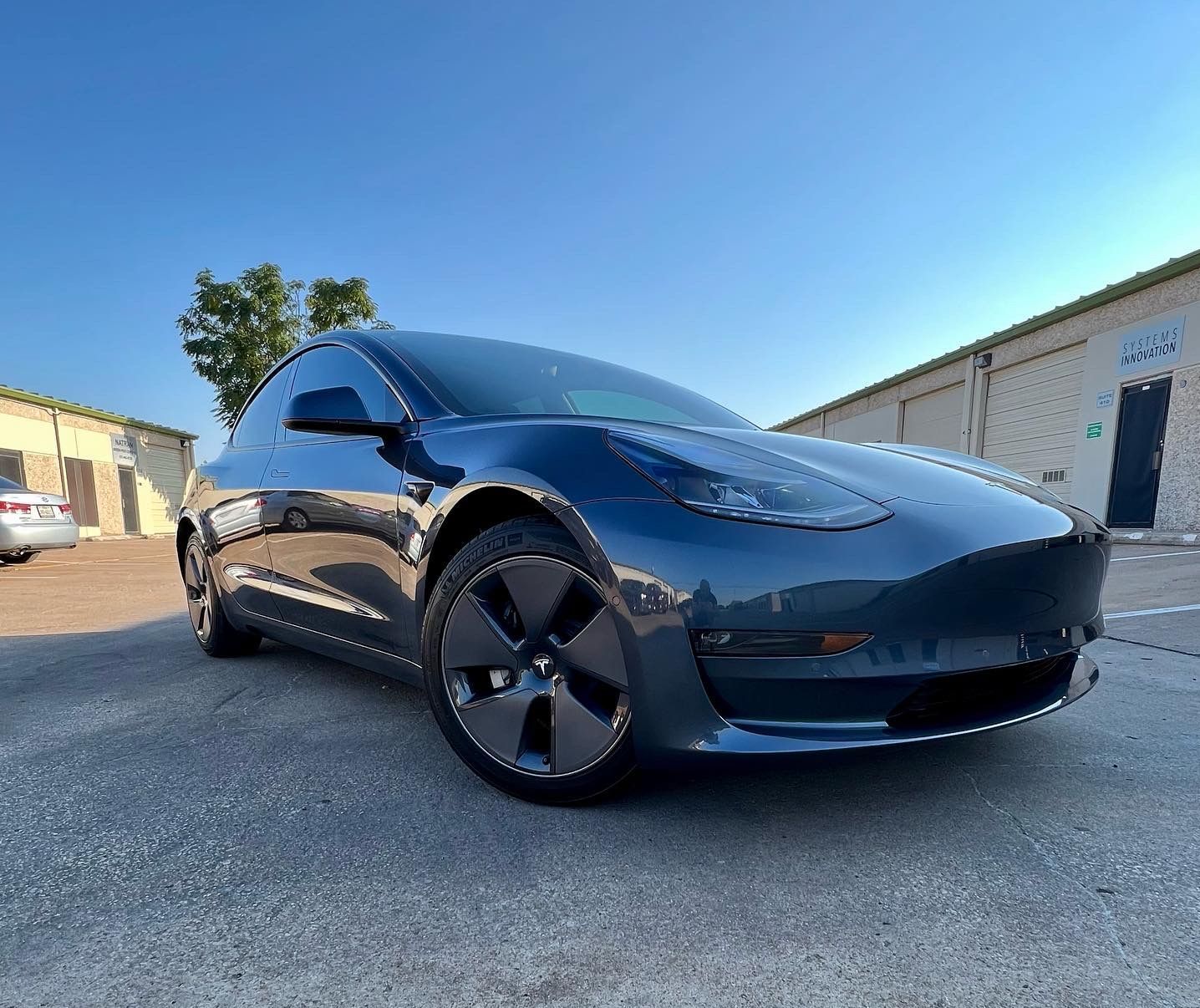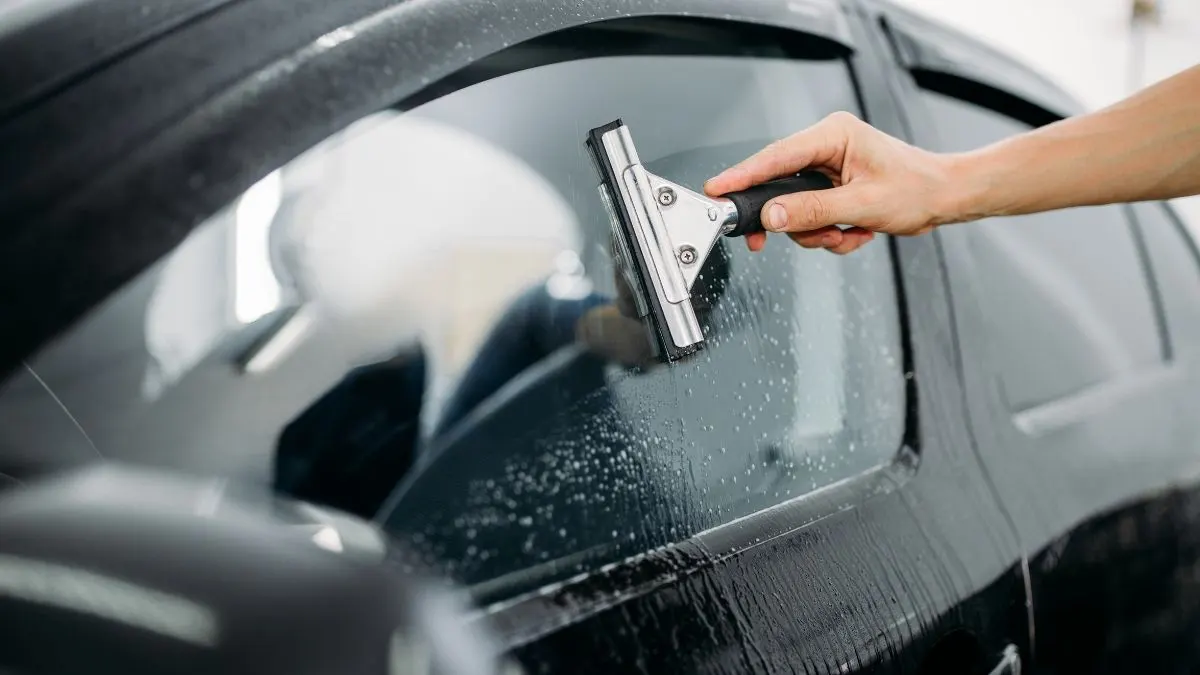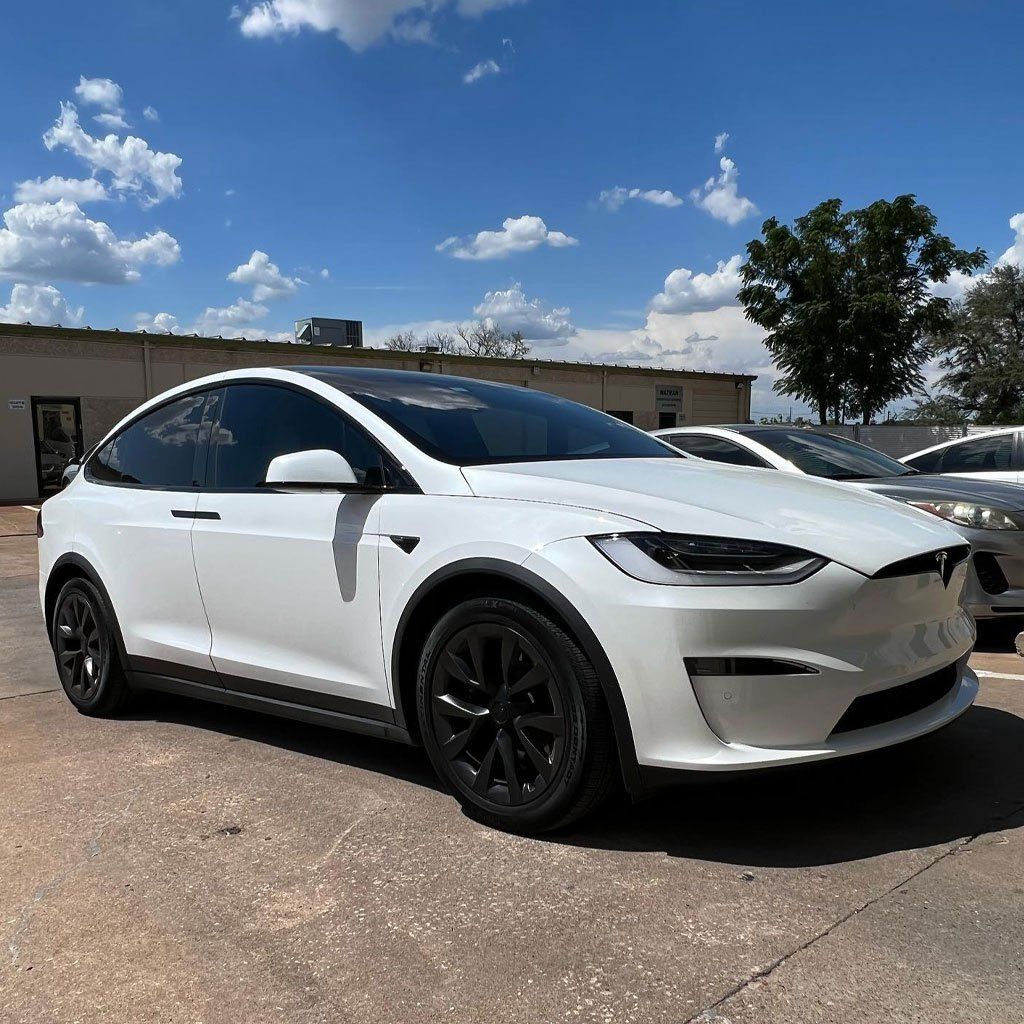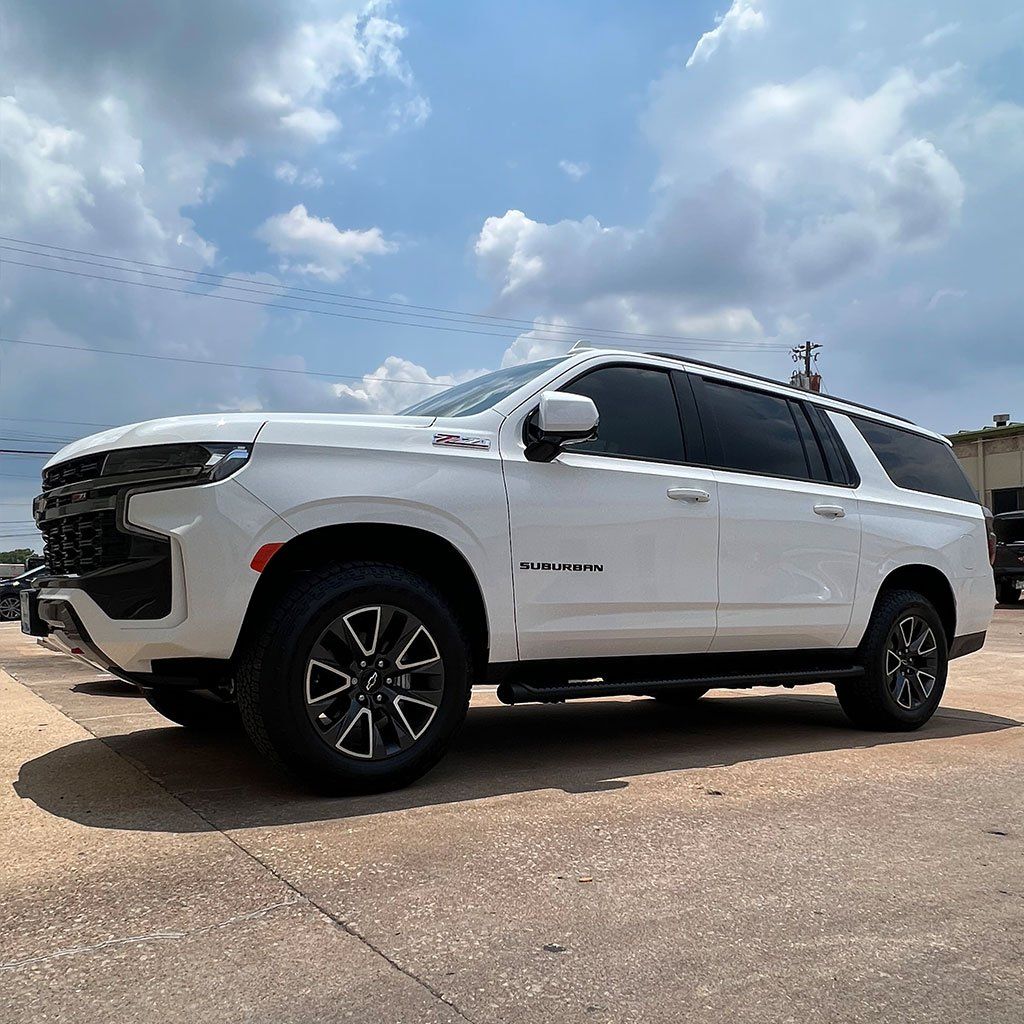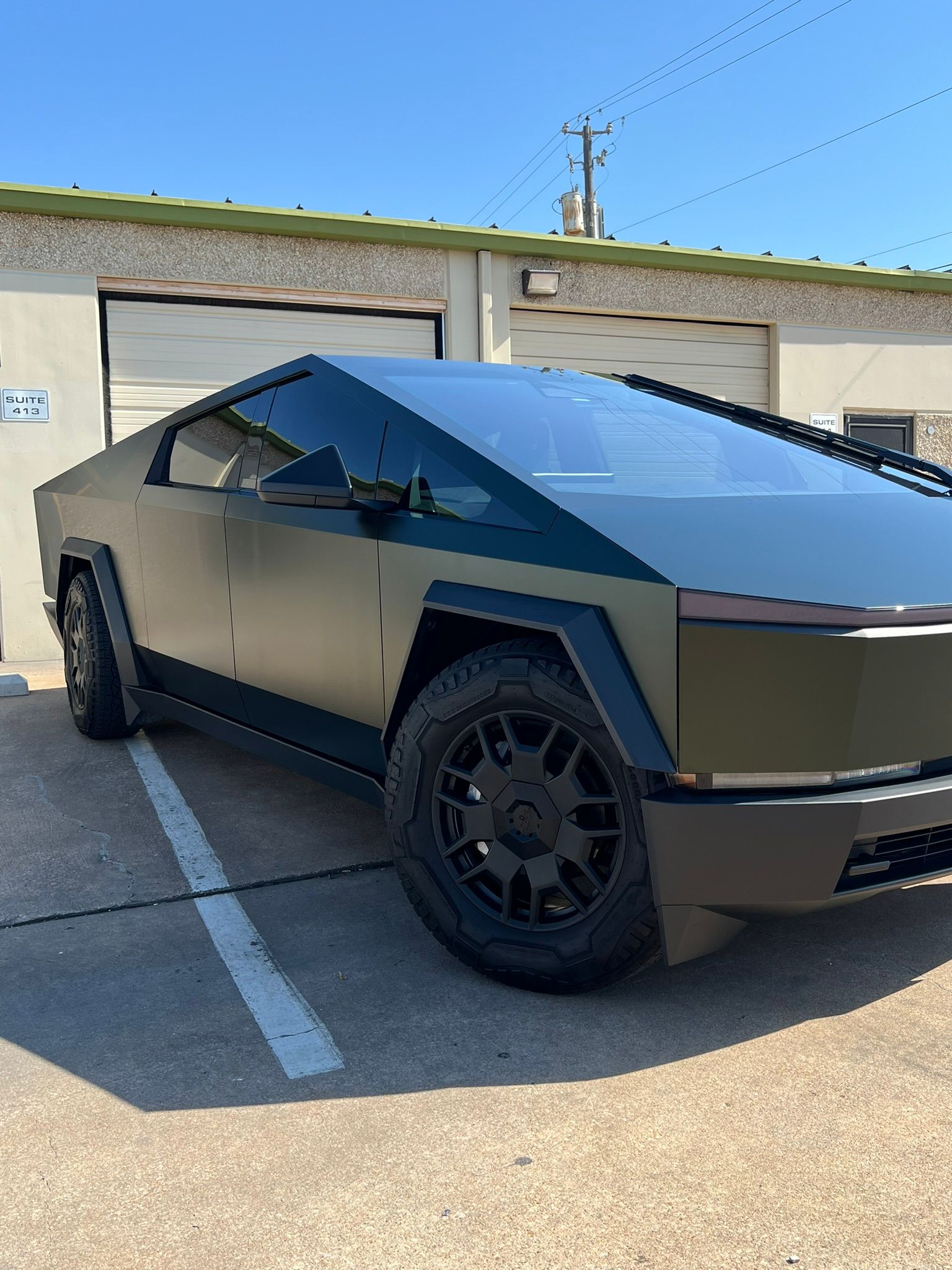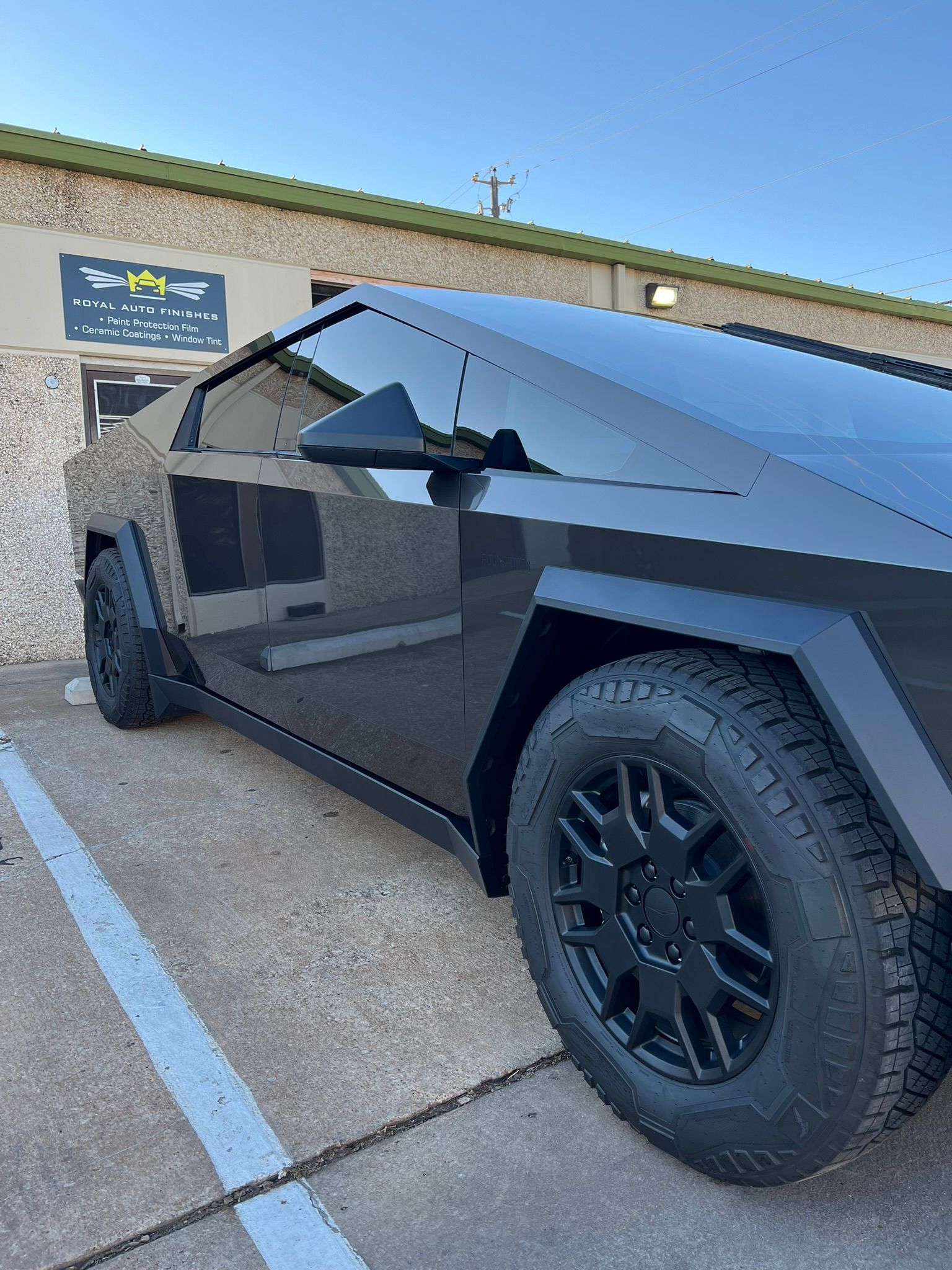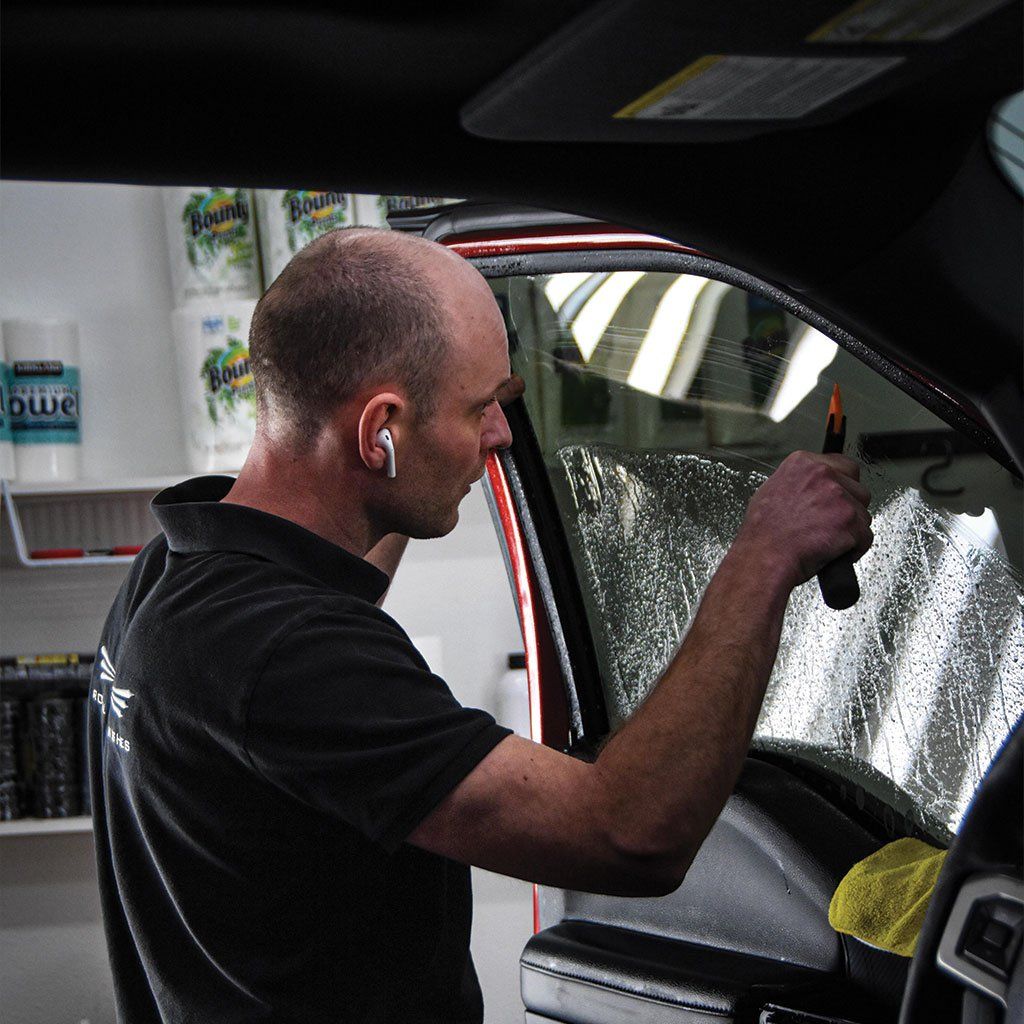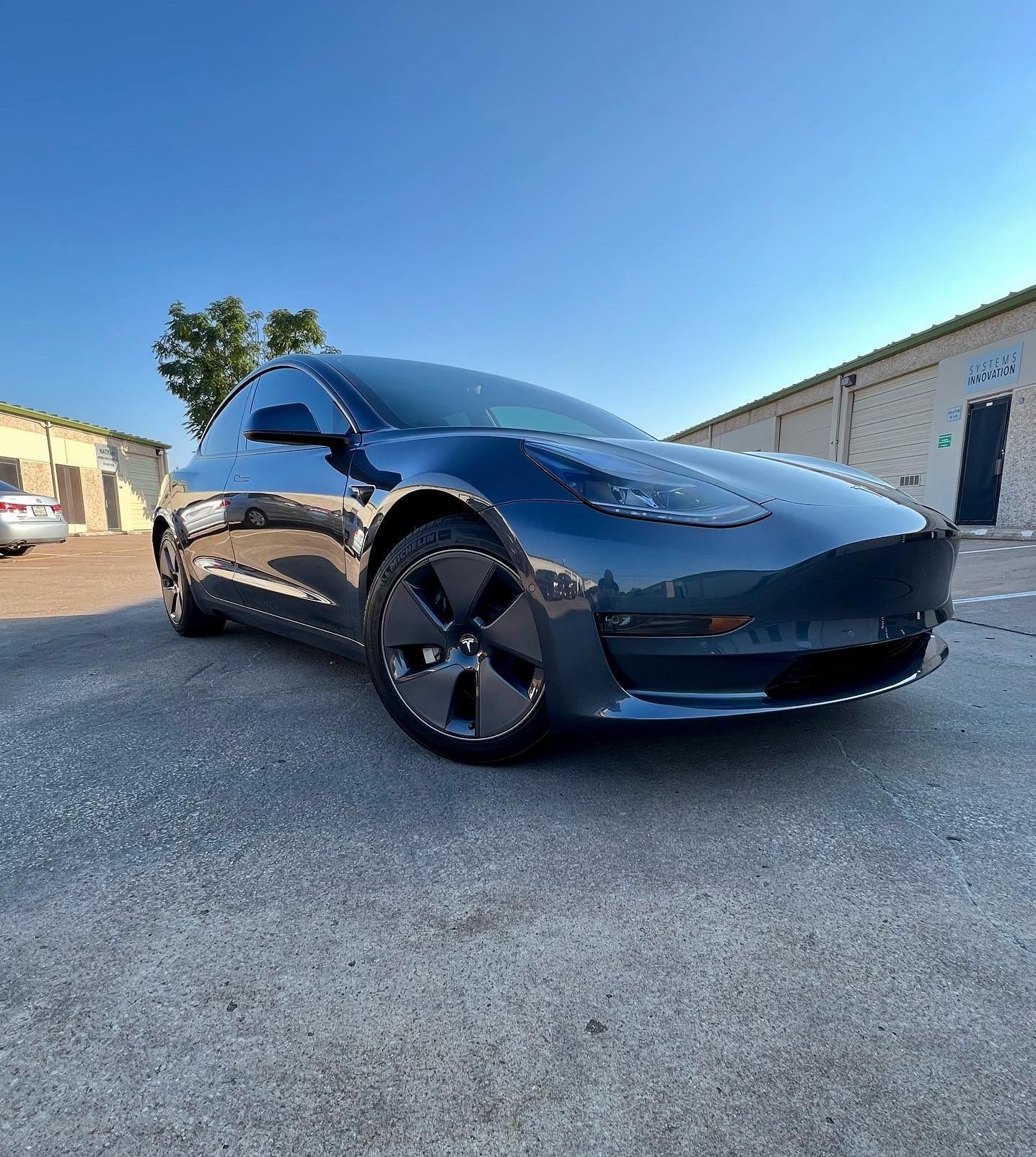Paint Protection Film has become increasingly popular in the automotive industry as a way to protect against scratches, stone chips, and other damage that can occur during daily driving. However, many car buyers are unsure if the investment is truly beneficial or just an unnecessary expense.
Before deciding whether PPF is worth it for your new car, weigh the pros and cons and understand how it could impact your vehicle's long-term maintenance and value. In this article, explore the benefits and drawbacks of PPF for new cars to help you make an informed decision.
Understanding Paint Protection Film (PPF)
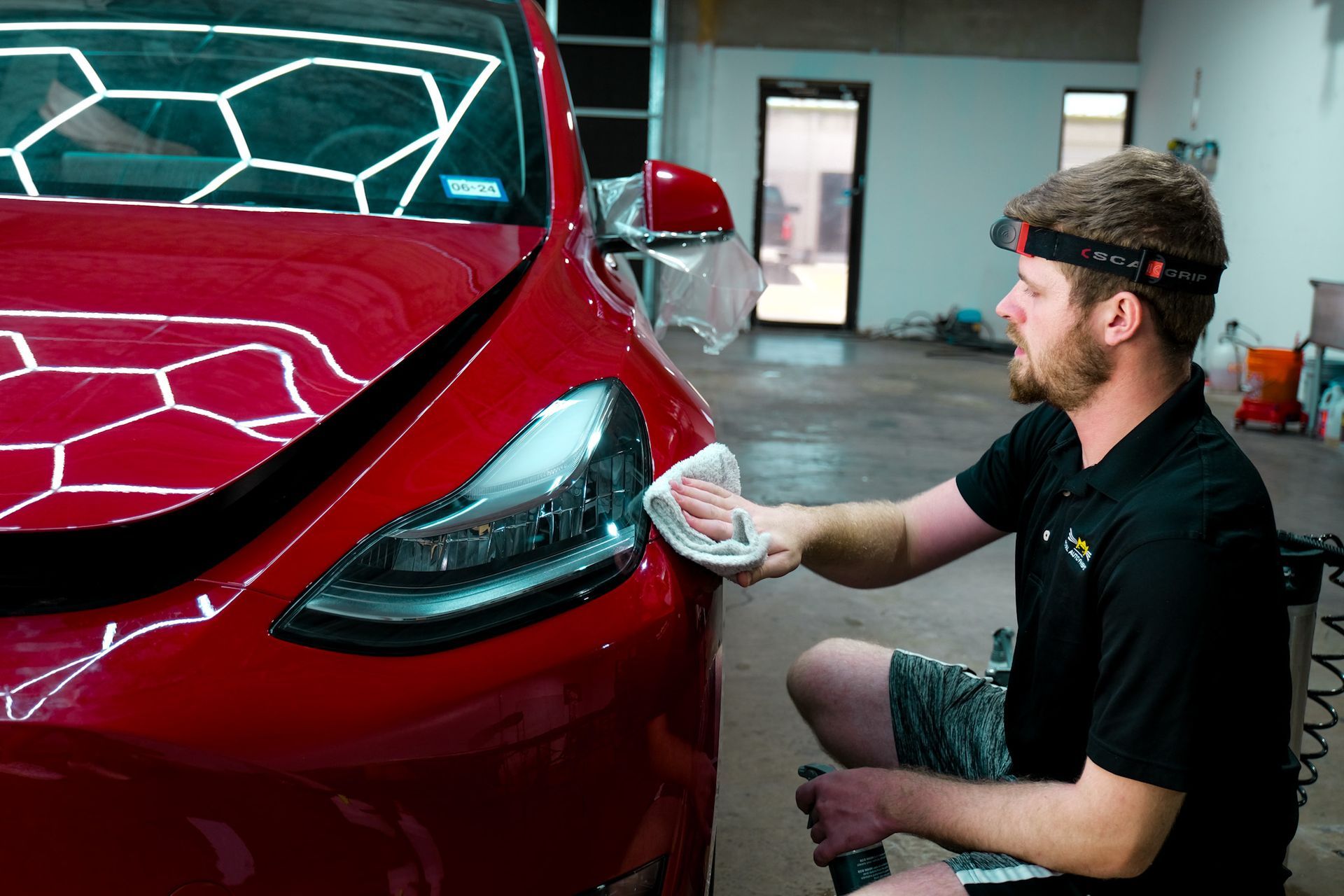
Paint Protection Film (PPF) is akin to armor for your vehicle's surface, acting as a shield that defends your car's paint job from a plethora of road hazards. One of its primary benefits is impact resistance, as high-quality PPF can significantly reduce the risk of chips, road debris, and minor abrasions, thereby preserving the original paint of your vehicle. Visualize it as a force field that absorbs the impact of loose rocks and road debris, ensuring your car maintains a sharp and new appearance.
In addition to impact resistance, PPF offers impressive self-healing properties. When subjected to heat or sunlight, quality PPF can miraculously self-heal from light scratches and swirl marks. This feature guarantees that your vehicle maintains a pristine appearance, with minor blemishes disappearing over time—almost like giving your vehicle a rejuvenating spa day without you having to lift a finger.
Factors Affecting Installation Cost
- Size of the Vehicle: The total area to be covered by PPF is directly related to the size of the vehicle. Larger vehicles, such as SUVs or trucks, naturally require more material to cover their larger surface areas and hence, the cost would be higher than for smaller cars.
- Complexity of Installation:
The difficulty involved in applying PPF to certain parts of a car can also affect the overall installation cost. For example, curved or unusually shaped surfaces may require more skill and time to apply PPF effectively, which can typically increase the cost.
- Quality of PPF Material:
The type and brand of PPF being used play a significant role in determining the overall cost. High-quality PPF materials often come with a higher price tag but offer superior protection and longevity.
In essence, while these figures help to provide a general idea of the potential cost involved in PPF installation, it's crucial to discuss specific requirements and pricing details with a professional installer.
Understanding these factors will give you an insight into why quotes for PPF installation can vary widely based on individual needs and preferences. It's always best to consult with professionals who can provide tailored advice based on your unique situation.
Situations Where PPF is Highly Beneficial
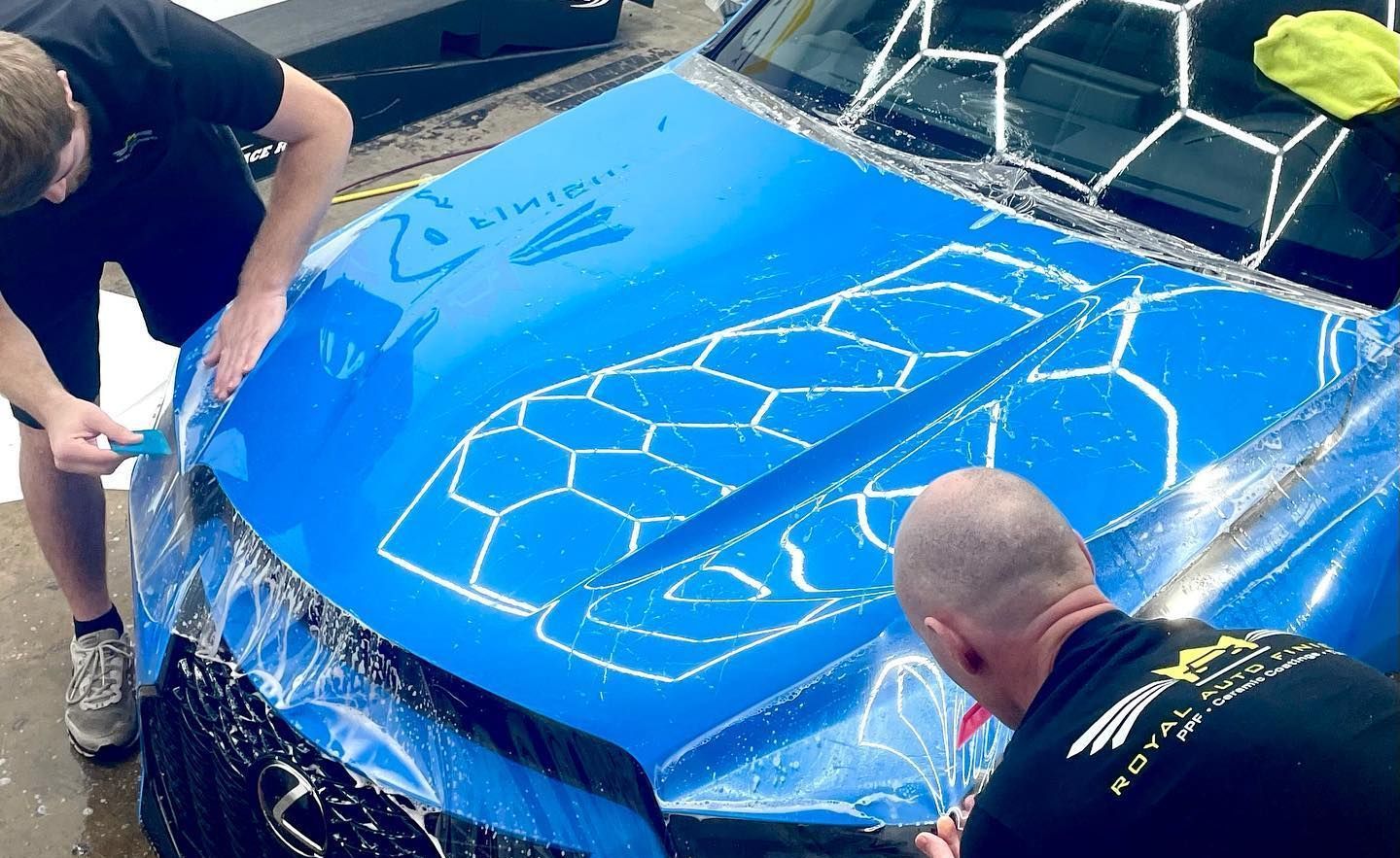
High-End Luxury Vehicles
For owners of high-end luxury vehicles, the decision to opt for Paint Protection Film can be a strategic one. These cars often feature top-quality factory paint jobs that are at risk of damage from environmental factors and everyday wear and tear.
PPF is valuable for preserving the original paint, shielding it from road hazards, and helping to maintain the vehicle's resale value.
Daily Commuters
Debris and particles from the road relentlessly assault vehicles used for daily commuting in heavy traffic and on highways. This constant exposure can take a toll on the paint finish over time, making PPF an invaluable investment for these vehicles.
It acts as a shield against road debris such as pebbles, gravel, and small stones that can cause unsightly damage to the vehicle's exterior.
Potential Drawbacks of PPF
The cost is one aspect to consider. Although PPF provides excellent protection for your vehicle's paint, it does come with a relatively high initial investment compared to alternative protective options like waxing or ceramic coatings. It's essential to factor in the cost and evaluate whether the long-term benefits justify the upfront expense.
Furthermore, the installation quality has a significant impact on the effectiveness and appearance of PPF. This type of protective film demands skill and experience during installation to avoid imperfections such as air bubbles, visible seams, or edges lifting over time. Therefore, it is crucial to choose a reputable and experienced installer who can ensure a flawless application. An imperfect installation not only affects the overall appearance of your vehicle, but it also compromises the functionality of the film.
Furthermore, poor installation can lead to another issue: damaging removal. Improper installation can complicate the removal of the film due to wear and tear or damage, potentially harming the vehicle's paint. Removing substandardly installed PPF can result in adhesive residue or even minor paint damage, which could ultimately lead to greater costs than initially anticipated.
Understanding the potential drawbacks of PPF is crucial, but it's equally important to stress that you can mitigate these concerns by choosing an installer carefully, making informed decisions, and weighing the cost-benefit ratio for your particular vehicle.
Secure Your Investment With Paint Protection Film
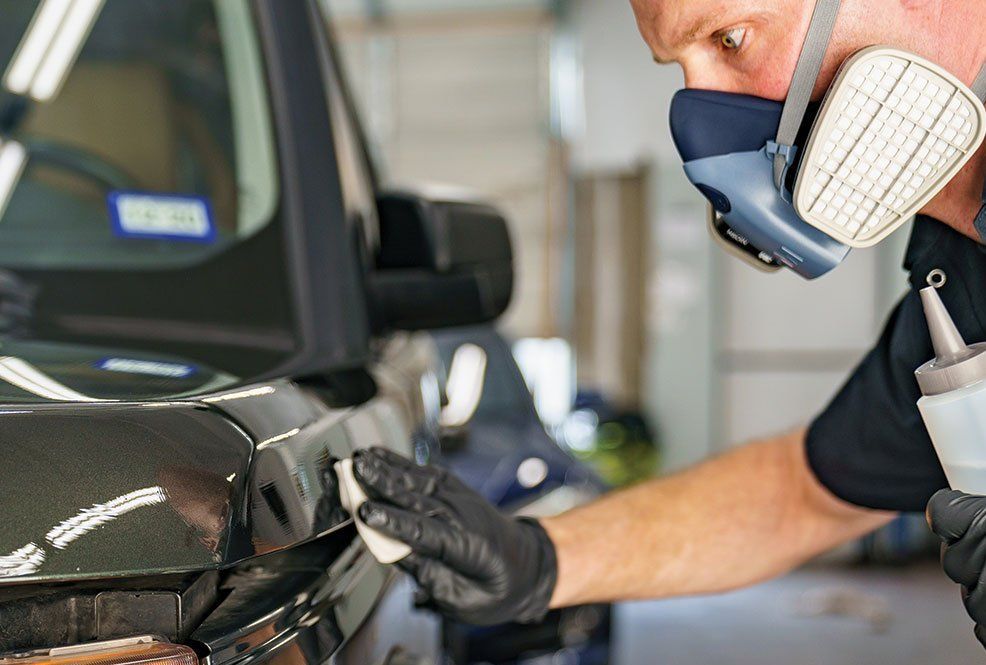
If you're tired of seeing scratches and chips on the beautiful paint job of your car, we can help! At Royal Auto Finishes, our paint protection film is the solution you've been looking for. This innovative product will keep your car looking brand new by preventing damage from rocks, debris, and other hazards on the road. It's the ultimate way to secure your investment and maintain your vehicle's value.
Contact us today at
(512) 831-2366 to schedule an appointment and protect your car with paint protection film. Your car will thank you for it!


